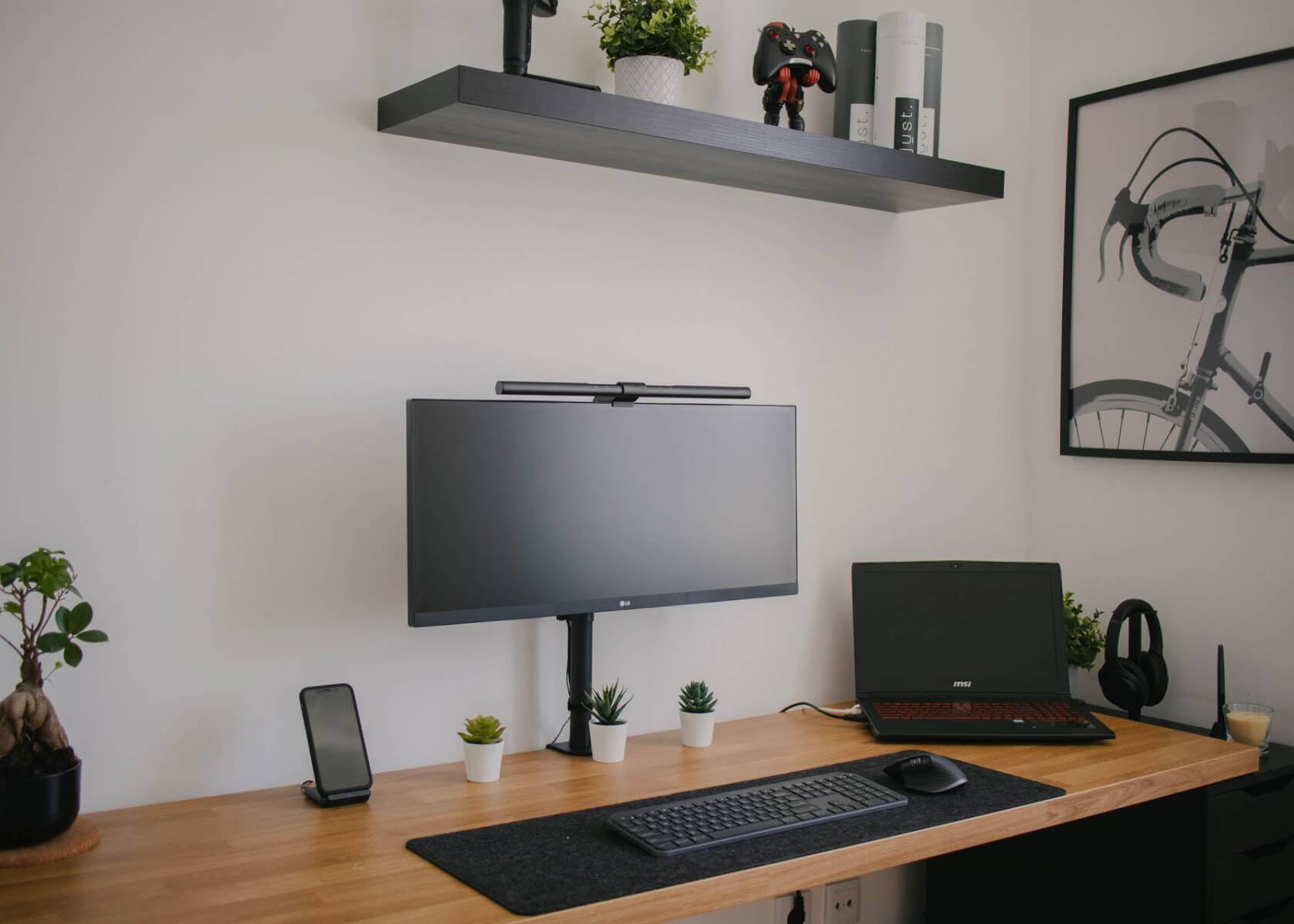Customize and Adapt Notion Templates: A Step-by-Step Guide for Editing and Branding

New to Notion?
How to Edit Templates in Notion to Customize and Adapt Them to Your Specific Needs, Preferences, and Branding
Notion is a powerful all-in-one workspace that allows you to create and organize a variety of content, including documents, databases, and task lists. One of the many benefits of Notion is the availability of templates, which save you time by providing prebuilt structures for various purposes. However, you might find that the default templates don’t perfectly match your needs, preferences, or branding. This updated guide walks you through the process of customizing and adapting templates in Notion using the latest features and best practices.
Understanding Notion Templates
Before diving into customization, it’s important to understand what Notion templates are. Templates are pre-designed pages that you can duplicate and use as a starting point for your own projects. They include prearranged structures, sections, and layouts suited for tasks like meeting notes, project management, or personal journals. You can access a variety of templates via the template gallery or through contributions from the Notion community.
Duplicating and Using Templates
To begin customizing a Notion template, you first need to duplicate it. Here’s how:
- Access the template: Open the template gallery by clicking the "+" button to create a new page, then select "Templates" from the drop-down menu. You can also use a template shared by someone else through a direct link.
- Duplicate the template: Once you find your desired template, click the "Duplicate" button in the top-right corner. Notion will create a copy of the template and open it in your workspace.
- Start editing: With your duplicated template now in your workspace, you can make any changes to meet your specific needs, preferences, and branding.
Customizing Templates to Fit Your Needs
You can modify various aspects of a template in Notion—its structure, design, content, and functionality—to align with your workflow:
1. Structure and Layout
Notion templates generally come with predefined sections and layouts to help organize content. You might need to adjust these components to better suit your process:
- Add new sections: Click the "+" icon at the end of any section to insert a new block. Choose from options such as text, images, videos, databases, or to-do lists.
- Remove unwanted sections: Right-click on the block you wish to remove and select "Delete" or select the block and press the
Deletekey. - Rearrange sections: Click and hold the handle (three horizontal lines) next to any block, then drag it to your desired location.
2. Content and Text
The prefilled content in a template might not match your requirements. Here’s how to update it:
- Edit text: Double-click on any text element to begin editing. Use the formatting toolbar provided by Notion to adjust style, size, or emphasis.
- Add or remove content: Incorporate elements such as images, videos, attachments, or links by clicking the "+" icon within a section.
3. Brand Customization
Align your template with your branding by updating colors, fonts, and other design elements:
- Change colors: Click the "•••" (options menu) in the upper-right corner, then select "Change Cover" or "Change Background" to update colors or add custom images that reflect your brand.
- Modify fonts: Notion offers several font options. Click the "•••" menu at the top-right of the page and select a font style that best represents your brand identity. (Note: Font options may vary based on workspace settings and updates.)
4. Functionality and Automation
Notion continues to enhance its database functionalities and automation tools, making it easier to create dynamic workflows:
- Leverage formulas and databases: Use formulas to calculate values or generate dynamic content. Integrate your template with databases to display real-time tables, lists, or calendars.
- Create buttons and workflows: Use the built-in "Template Button" feature to create dynamic content generators and trigger repeatable actions. Additionally, integrate third-party tools like Zapier or Integromat to automate tasks and streamline your workflows.
Saving Your Customized Template
After fine-tuning your template, you can save it for future use. This feature allows you to reuse your custom configuration without repeating the customization process:
- Share the template: Click the "Share" button at the top-right corner and enable the option to create a public link.
- Create a new template:
- Copy the URL of your shared template.
- Open a new Notion page or access the template gallery.
- Click the "+" button to create a new page.
- Select "Templates" from the drop-down menu.
- Choose the "Import" option and paste the shared URL.
- Notion will import the template as a new, customizable template ready to be used and shared.
Conclusion
With Notion's continuous updates and its flexible, intuitive interface, customizing templates to meet your specific needs, preferences, and branding has never been simpler. By following these steps, you can easily modify the structure, content, design, and functionality of any template, making it an integral part of your efficient workflow. Explore Notion’s extensive template library, tailor your workspace to reflect your unique style, and enhance your productivity. Enjoy discovering all that Notion has to offer!


